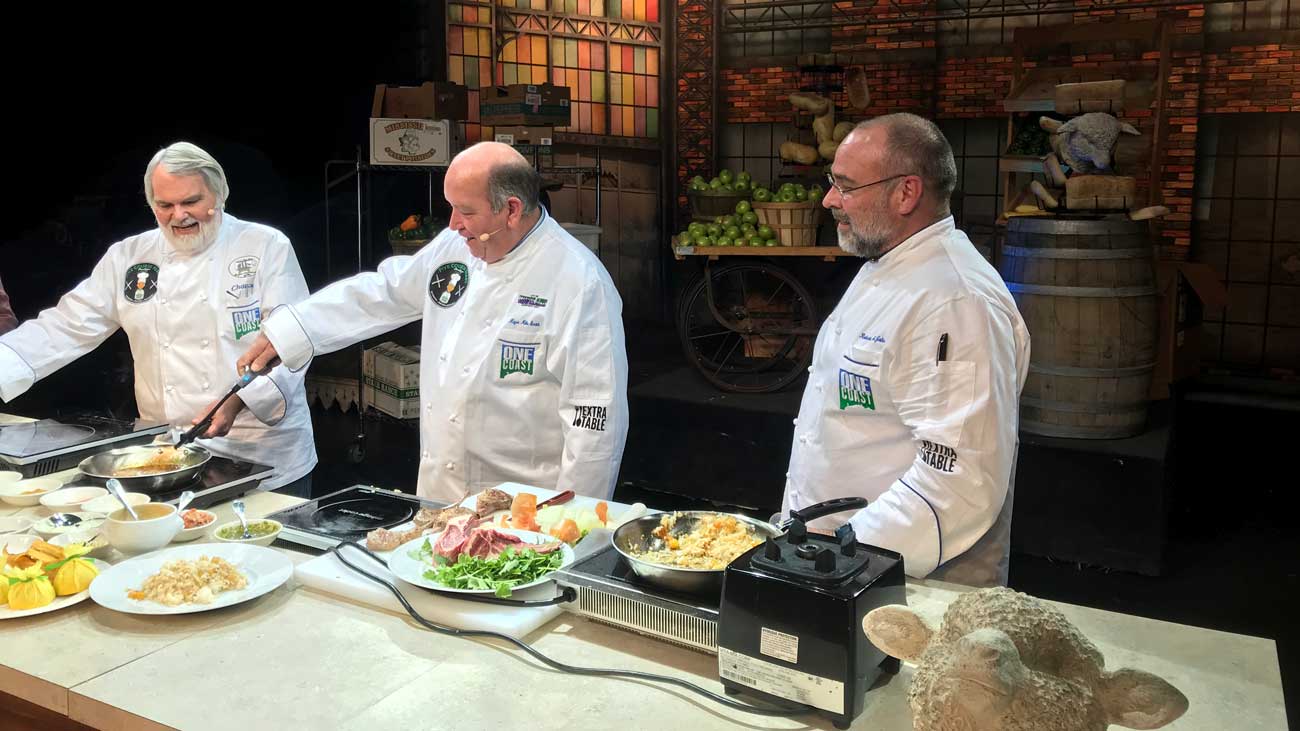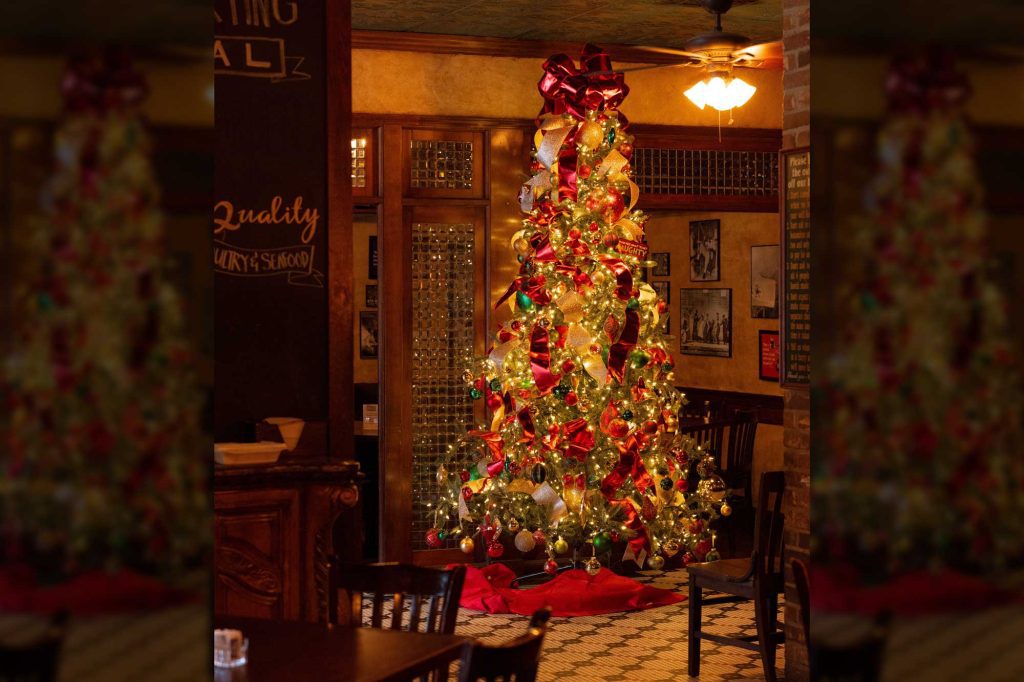Q: Can a person grow homesick for a place he lived for only 10 weeks?
A: Yes.
I have been missing Italy lately, specifically Tuscany. I have spent the last two weeks cooking regional Italian dishes for a new supplemental menu at our Italian restaurant, Tabella. While my body has been behind the stove, my mind has been a continent away. It has been fun to mentally revisit the places I loved so much during our sojourn last fall. Though my mood has, occasionally, veered towards melancholy.
I fell in love with Italy, and I fell hard. My family, along with my best friend and collaborator, Wyatt, and our friend— a dual-citizen Italian— David, covered the entire country from the craggy and windblown coastline of southern Sicily to the majestic, snow-tipped peaks of the Alps near Lake Como. I was there for one purpose: To eat.
Actually, I was there to learn about the cuisine and how to cook it, but the end result of that quest always ended at a dining table.
Wyatt was there for one reason, too: To paint. And paint he did. In a 10-week span, he completed 129 watercolors for the Italian coffee table cookbook we will release next fall. My job was to drive Wyatt to a location in the morning— sometimes we knew where we wanted to go, other times, we didn’t— and drop him off to paint. Once he was in position, I dove headfirst into the culinary culture of Italy.
Italian food inspired me and instilled in me an instant love and appreciation for simpler cooking. True Italian cooking is uncomplicated, uses minimal, fresh ingredients, and, in most cases, is light and healthful.
Last night, while training the cooks to prepare the new menu, and feeding the service staff, I had to explain the difference between American-Italian cooking and authentic-Italian cooking. They are both good, but there is a difference.
If one orders Pasta Bolognese in Bologna they won’t receive a meat sauce filled with tomatoes. Bolognaians will laugh if one asks for spaghetti with meat sauce. They serve flat noodles, typically tagliatelle with a very light, non-tomatocentric meat sauce.
In Sicily, the salads aren’t covered with globs of cream-based dressings, but tossed lightly in a bit of extra virgin olive oil and a touch of vinegar.
One of my favorite Tuscan dishes is as basic and uncomplicated as any dish could be. Rocket Salad is nothing more than arugula, a meager amount of aged balsamic vinegar, and even less extra virgin olive oil, salt and pepper. This, in my mind, is the ideal salad. The peppery greens and the light addition of vinegar and oil is a perfect foil for uncomplicated pastas.
The pizzas in Naples, and even in Tuscany, are simple. They use wafer-thin crusts and scant amounts of tomato sauce and cheese, but the quality and freshness of the ingredients, and the minimal approach allows one to appreciate each component of the pie. It is what pizza was born to be— unfussy.
I spent time in home kitchens with Tuscan housewives learning how to prepare the dishes they feed their families on a daily basis, and behind the stoves in trattorias with third-generation ristoratores discovering what they feed their customers. Sometimes they spoke broken English, other times, I tried to speak Italian.
In the kitchen of a popular Bologna restaurant, where I was filming a segment on making Bolognese pasta with a chef who spoke no English, I didn’t have time to refer to my translator app. But after a few minutes, I realized that translation wasn’t needed. I just stood and watched as he prepared a beautiful, from-scratch, Bolognese sauce using the true international language— cooking.
The lady who owned the Tuscan villa we used as a home base for three weeks is an excellent cook. Annagloria was a wealth of wisdom, and many of the recipes she taught me will be in the book. She invited us into her home and effortlessly cooked a four-course meal in under an hour. It was perfect.
One of the culinary highlights of my time in Italy was getting to spend a day in the kitchen of a family-owned osteria in Tuscany. I worked in the kitchen alongside a mom, daughter-in-law, and aunt, while the son served the tables and the father manned the cash register. They cooked simple food, inexpensively, and it was excellent.
In the town of Tavarnelle, midway between Florence and Siena, we assimilated into the local scene. We became known to the locals as “l’uomo che dipinge,” (the man who paints), and “l’uomo che mangia,” (the man who eats). You can decide who was whom.
The Italian people, especially those who live in the Tuscan countryside, are a lot like southerners— easygoing and passionate lovers of life. We made lifelong friends in Milan, and look forward to seeing them again, not only when we return in November, but when they come to the United States in December for a trip through my south.
In the meantime I will cook what the Italians cook, eat what the Italians eat, and ward off the reflective Italian melancholy to the best of my ability.
Rocket Salad
Arugula, washed, spun dry
Aged Balsamic Vinegar
Extra Virgin Olive Oil, best quality
Salt and pepper to taste
Traditional oil and vinegar-based salads follow a 3:1 ratio of oil to vinegar. These days salads are relying on less oil to carry the finished product. Many of today’s salads, depending on the flavor and quality of the vinegar, are 1:1. This salad, when made correctly, probably has a 2:1 ratio in favor of the balsamic vinegar. Though neither ingredient is the star here. The pepperyness of the greens is what makes this light, uncomplicated salad a stalwart of the Tuscan table.
It doesn’t get any easier than this salad.
For four salads, take four large handfuls of arugula and place in a stainless steel mixing bowl. Lightly dress and toss with just enough aged balsamic vinegar to lightly coat the leaves (erring to the side of less, rather than more). Then add even less extra virgin olive oil and toss. Add salt and pepper to taste, and toss again.
My wife likes to add pecorino Romano cheese, but, to eat like the Tuscans, skip that step.



